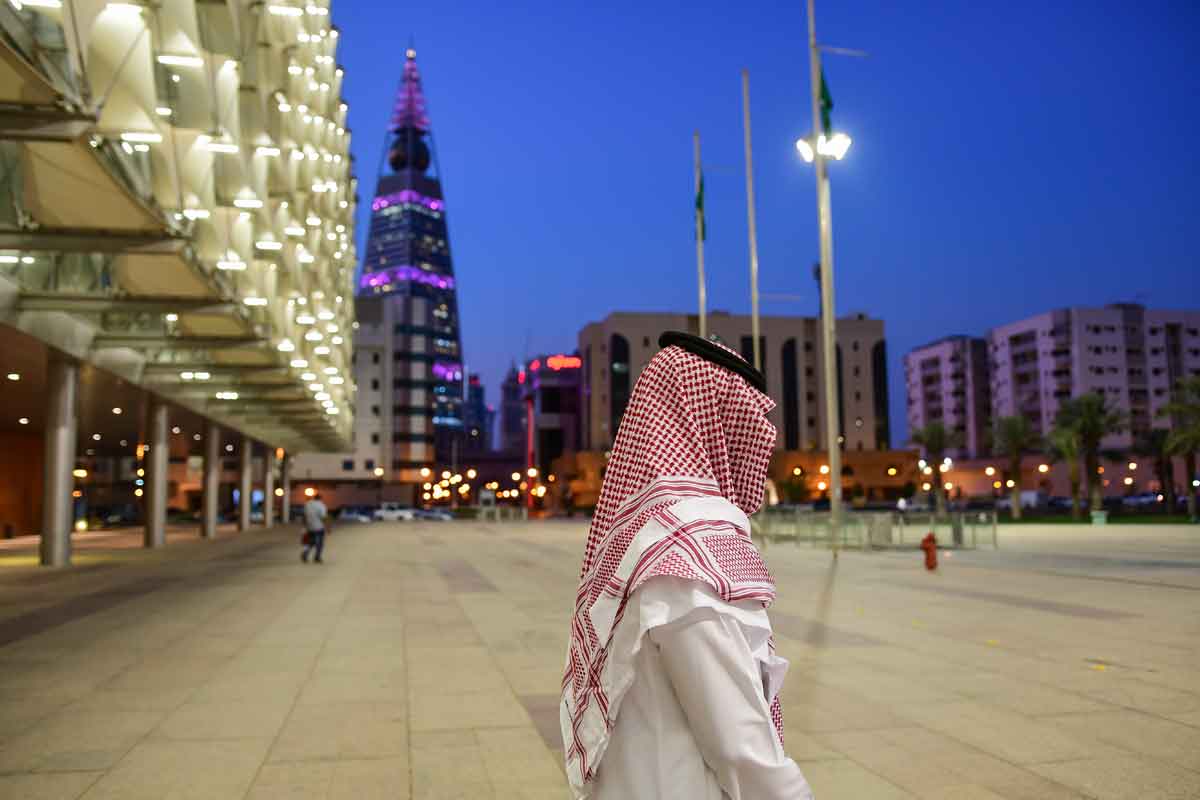Saudi real estate faces ‘capacity crunch’ as megaprojects strain resources, deepen years-long Riyadh housing shortage, experts say
The ambitious vision transforming Saudi Arabia’s capital into a global metropolis is facing an unexpected hurdle: its own success
As Riyadh races to complete a slate of mega- and giga-projects aimed at diversifying Saudi Arabia’s economy, the capital city’s construction boom is creating a major “capacity crunch” that is driving up costs and potentially exacerbating the housing shortage, industry experts told Arabian Business.
“Riyadh’s high construction costs can be primarily attributed to the construction industry’s output which is supported by the government’s focus on the ambitious development of major mixed-use cities [giga and mega-projects] in a bid to diversify its economy from oil as part of the Kingdom’s Vision 2030 initiatives,” said Dean Furey, head of real estate for Saudi Arabia at Turner & Townsend.
According to a recent report published by the firm in mid-June, Riyadh now ranks as the Middle East’s most expensive city to build in, with construction costs averaging $2,593 per square metre – significantly higher than other regional players like Dubai ($1,874) and Abu Dhabi ($1,844).
This surge in costs is not merely a number on a spreadsheet; it’s having real-world impacts on the Saudi capital’s development trajectory.
“As a result of resources being diverted to these large-scale developments, there is a possibility of affordable housing projects becoming less feasible,” Furey revealed, highlighting a growing concern in a city already grappling with housing shortages and a population which is only expected to grow as more job opportunities open up as a result of the HQ mandate.
The root of the problem lies in the sheer scale and ambition of Saudi Arabia’s development plans. Projects like NEOM, The Line, and the Diriyah Gate development are not just reshaping the physical landscape of the Kingdom, they’re redrawing the map of resource allocation within the construction industry, according to the Turner & Townsend report.
“While these major projects bring long-term benefits, they also place strain on the local construction industry, materials, plant, and labour, which contribute to inflated costs and more limited resources,” Furey explained.
This strain is particularly acute when it comes to skilled labor, with the Kingdom facing a distinct shortage of the specialised workforce needed to deliver its most ambitious programs.
Saudi’s Regional HQ mandate puts strain on real estate demand
Adding to the complexity is the Saudi government’s recent headquarters (HQ) mandate, requiring international companies to establish regional headquarters in the Kingdom to be eligible for government contracts.
While designed to boost Riyadh’s status as a business hub, this policy is further intensifying demand for both commercial and residential real estate in the capital.
Imad Damrah, Managing Director for Saudi Arabia at Colliers, highlighted the ripple effects of this policy.
“The HQ mandate has stimulated increased demand for office spaces and residential units, leading to numerous projects in both the private and public sectors,” Damrah told Arabian Business.
This influx is reshaping Riyadh’s real estate landscape, with developers scrambling to meet the needs of incoming businesses and their employees.
However, the market is not standing still in the face of these challenges. Damrah noted an evolution in housing supply that could help alleviate some pressure. Supply is reportedly shifting towards smaller units such as apartments and townhouses, which he believes is helping developers “keep prices reasonable.”
This trend could provide some relief, particularly for young professionals and small families who have been priced out of larger properties.
The Saudi government has also taken proactive steps to address the years-long housing crunch.
“Several initiatives by the Ministry of Municipal, Rural Affairs, and Housing (MOMRAH) in the northern parts of the city are also exploring different construction methods and regulations to balance affordability with quality development,” Damrah added.

As Riyadh continues its ambitious journey toward becoming a regional hub, the challenge of balancing mega-project development with affordable housing needs remains at the forefront. The coming years will test the city’s ability to innovate, adapt, and grow sustainably.
For now, as construction costs remain stubbornly high – with inflation forecasted at 5 percent through 2024 – the dream of affordable housing in Saudi Arabia’s capital remains elusive for many.
To address the challenges in the housing sector specifically, Furey suggested enforcing local content mandates that would, in turn, create capacity in the local market, increase capability and expand affordable housing programmes all while streamlining regulations.
He also said that “implementing innovative building techniques and investing in local resources and vocational training” could help reduce costs and increase the pool of skilled workers in the long run.




No comments:
Post a Comment